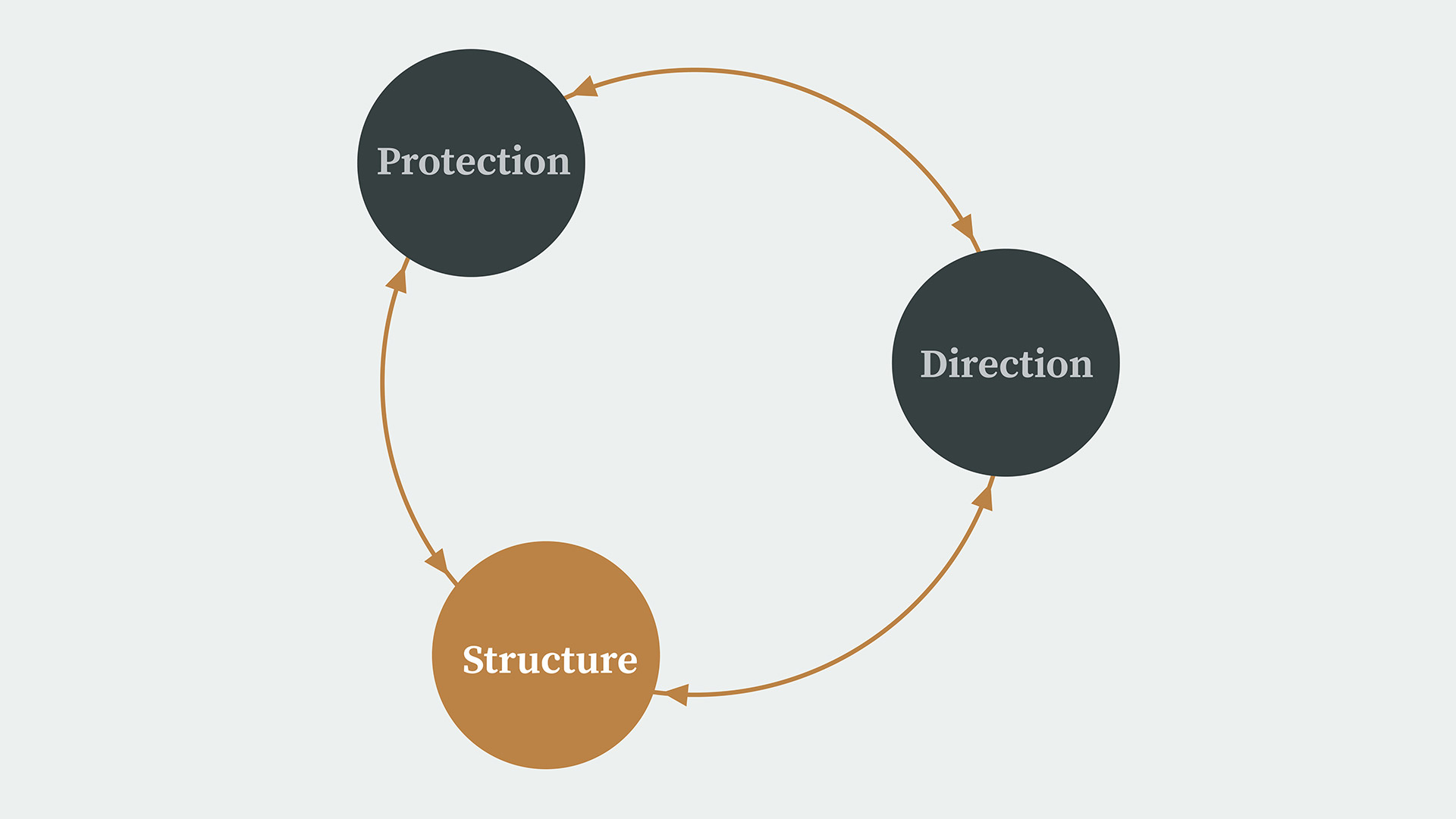In my previous post I described the following model as containing the essential three elements that must be in place in organisations for successful strategy execution to take place:

Today I want to expand on the Structure element – something that I believe is vital in creating the conditions for success. I first learnt this at Nissan when the company implemented what is called in Japanese “Hoshin Kanri” or policy deployment. Based on setting clear management policy, using factual analysis to decide appropriate limited priorities and flowing actions down through the organisation using a negotiation process it was a real eye opener in ensuring effective strategy execution. In particular learning to focus on developing clear activities to achieve the desired results has been important – rather than just managing the outcomes. I have subsequently had the opportunity to refine this methodology in organisations of different sizes and shapes with great effect.
The focus on means of achieving the target and using data to demonstrate the progress of the activities as well as tracking progress against the target provides a great foundation for organisational learning – assuming that conditions are in place to have safe dialogue.
The first priority in providing structure is a mechanism to make sure that all the initiatives planned in the name of executing the strategy are highly prioritised, limited in number and well validated (ie they will contribute what is expected in terms of furthering the strategy). None of this is new - John Lewis Gaddes of Yale in his seminal work On Grand Strategy usefully defines the term as “the alignment of potentially unlimited aspirations with necessarily limited capabilities”.
Working through this phase thoroughly will lead to amendments to the big narrative as issues and opportunities emerge, but also provide strong supporting stories to help the organisation understand the challenges to be overcome. Feedback from this activity into the overall narrative of how the end game will be achieved is vital in creating shared intentionality.
Having leapt this rather high hurdle the organisation can then ensuring that the initiatives do not contradict each other, all dependencies are recognised and the correct teams have been formed is hard work that requires the maximisation of involvement and engagement. These steps have proven vital in removing time wasting and corrosive frustration and conflict in the organisations I have worked within.
It is also important to recognise the link that these steps have with making teams effective – it is this work which helps everyone in the organisation understand how they are contributing to the overall strategy giving a sense of meaning in their work.
Ongoing short interval, highly visible governance to ensure that organisations are honest with themselves as to the status of execution, that this is data driven and that inevitable gaps between plans and real outcomes are taken as learning opportunities is vital to fast progress.
At Team Excelerator we have a proven process for implementing this structure which is the vital bridge from strategic intention to realisation. Clarity in this element is in our view vital to eliminating wasted effort as the organisation clears the path for people to do the right work without hinderance.
Create the Conditions for Success – allowing you to Get Results. Fast.
In the meantime, we’d be delighted to talk. Contact us at john.griffiths@teamexcelerator.com




